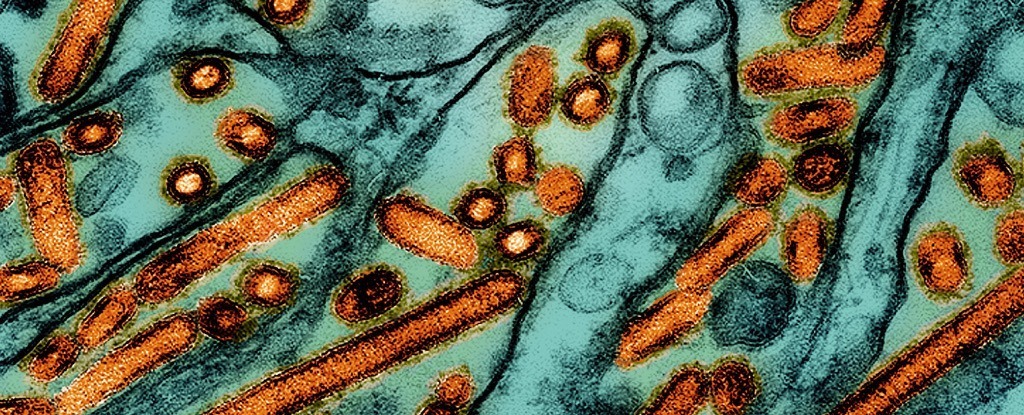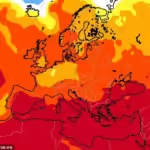On Thursday, US officials announced the third human case of bird flu in the country, linked to an ongoing outbreak in dairy cattle.

A farm worker in Michigan has become the second person in the Midwest state to contract the disease, with the first case reported in Texas in April.
The Centers for Disease Control and Prevention (CDC) clarified in a statement that all three cases resulted from cow-to-human transmission rather than human-to-human, which would pose a greater threat.
However, this is the first instance to exhibit typical acute respiratory illness symptoms associated with influenza, unlike previous cases that presented with mild symptoms such as conjunctivitis.
The affected individual experienced a cough without fever, eye discomfort, and watery eye discharge. They were treated with the antiviral medication oseltamivir and isolated at home until symptoms subsided.
Michigan’s health department noted that the worker had not been using personal protective equipment (PPE), which is recommended for those in close contact with dairy herds.
In recent years, a highly pathogenic avian influenza virus, HPAI H5N1, has infected over 50 animal species, including dairy cattle in the United States since March.
While European regulations prohibit feeding cattle ground-up chicken waste, this practice is allowed in the US. Some scientists suggest this may increase the risk of bird flu transmission, although the feed industry disputes this and US authorities believe wild birds are the primary source of cow infections.
“The risk to the general public remains low,” stated the CDC, emphasizing that the discovery of a new case was expected due to proactive testing among Michigan farmworkers.
The CDC advises using PPE, avoiding close contact with sick or dead animals, and refraining from handling animal excrement or bedding. Additionally, they recommend consuming only pasteurized milk, as raw milk contaminated with bird flu has been found to infect mice, while pasteurization neutralizes the virus.
The most recent outbreak has also been detected in farm-raised alpacas in Idaho.








